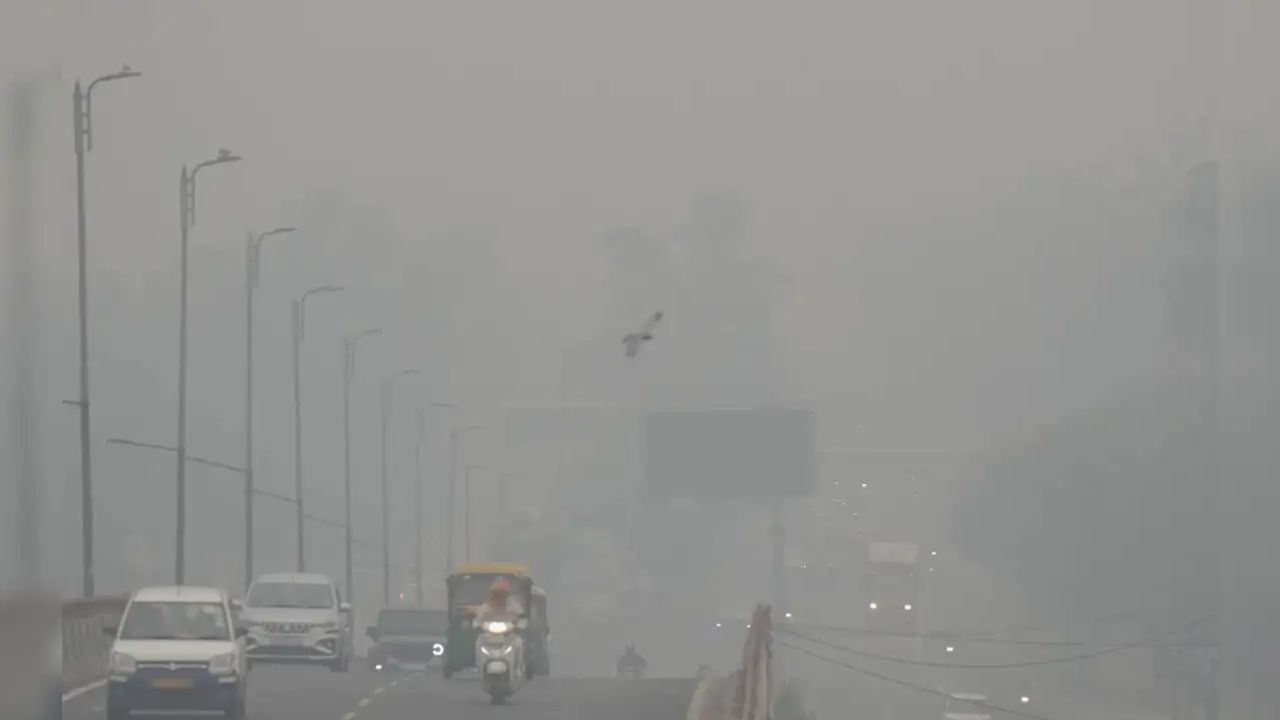 English
English

Delhi’s air turns dangerously toxic as AQI soars to 727, shrouding the capital in thick smog. Is it Diwali smoke, stubble burning, or a deadly mix of both? Here’s why Delhi is breathing its worst air in months and what’s coming next.

The view of the city shrouded in smog.
New Delhi: The air quality in the national capital deteriorated sharply on Friday morning, with the city recording an overall Air Quality Index (AQI) of 727, according to Swiss monitor IQAir.
The national capital has been grappling with worsening pollution since Diwali, as lingering post-festival smoke, smoke from farm fires in neighbouring states, and stagnant wind conditions have trapped pollutants over the city.
Authorities, however, indicated that a marginal improvement in air quality could occur later in the day as wind speeds pick up and help disperse some of the toxic smog.
Delhi AQI Today: THESE 4 Areas Cross 400 Mark, IMD Gives Hope For Rain
On Thursday, Delhi had already experienced a sharp decline in air quality, with the AQI recorded at 311 at 4 p.m., placing the city in the ‘red zone’, according to the Central Pollution Control Board (CPCB). PM2.5 continued to be the dominant pollutant, responsible for most of the hazardous levels in the capital.
In the national pollution rankings, Delhi was the fourth most polluted city, while Rohtak topped the list in the ‘very poor’ category with an AQI of 348 out of 254 cities surveyed by the CPCB. Of the 38 monitoring stations in Delhi, 32 reported air quality in the ‘very poor’ category, with AQI readings above 300, as per CPCB’s Sameer App.
Delhi AQI Update: Overall air quality remains ‘poor’, some areas see improvement
Experts say stubble burning in neighbouring states is the primary contributor to Delhi’s worsening PM2.5 concentration. According to the Air Quality Early Warning System, stubble burning contributed 21.5% to Delhi’s PM2.5 on Thursday, which is expected to rise to 36.9% on Friday and 32.4% on Saturday, up sharply from 1.2% on Wednesday.
The persistent influx of smoke from crop residue burning, combined with local pollution sources, is creating a dangerous mix of dust and toxic smog, prompting authorities to issue health warnings. Residents are advised to limit outdoor activity, especially children, the elderly, and people with respiratory conditions.
Medical experts have warned that exposure to such hazardous air levels can lead to breathing difficulties, eye irritation, and aggravation of chronic illnesses. Officials are monitoring the situation closely and have said that improved wind patterns later in the day may provide temporary relief.